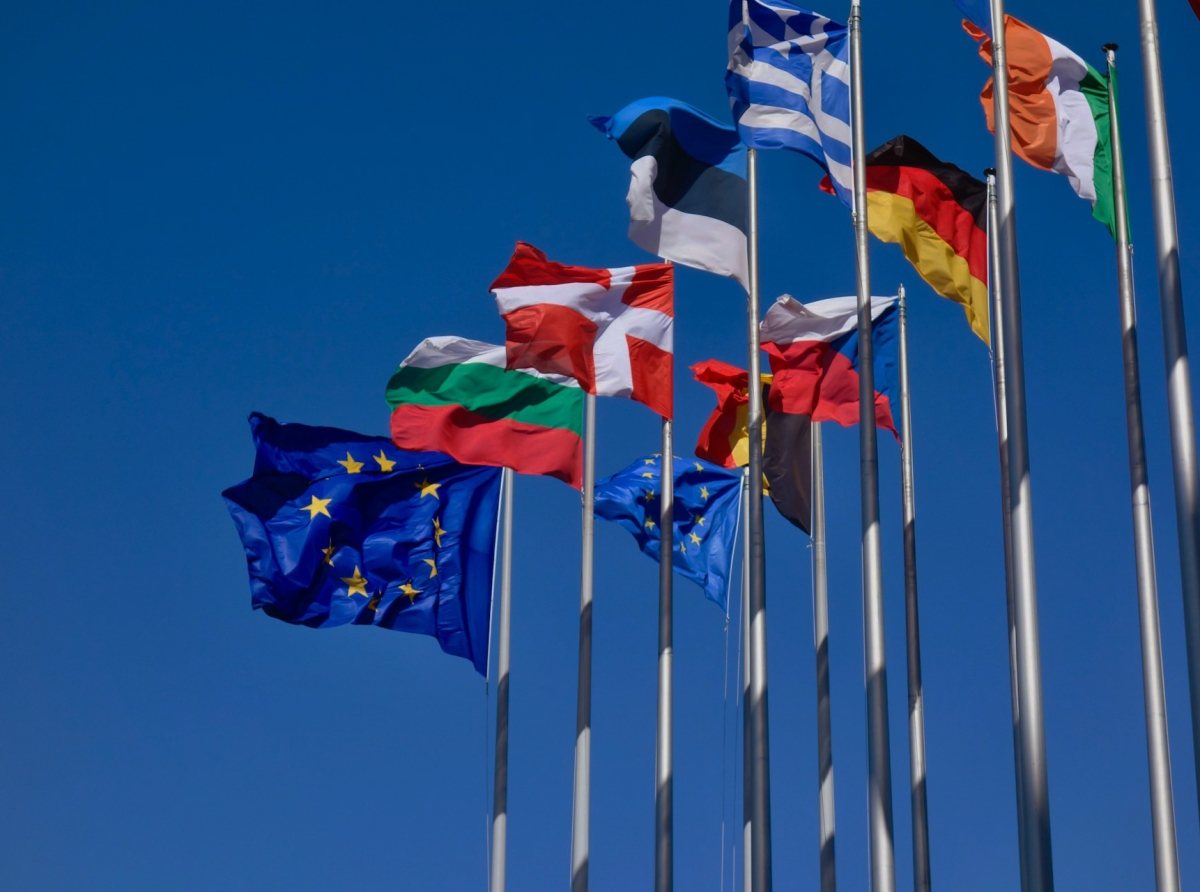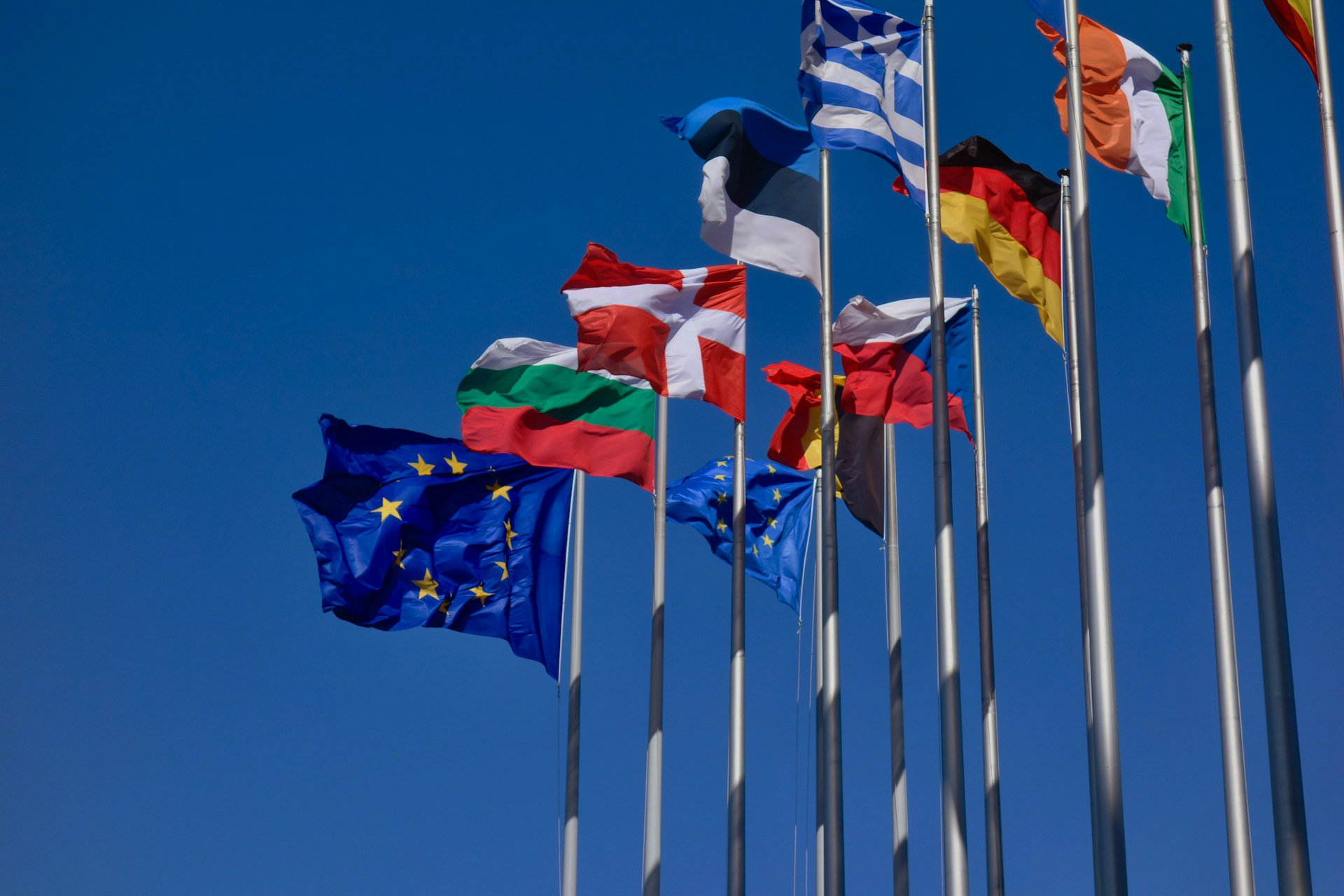Cultural Differences in Forex Trading Styles: Asia and Europe

Cultural Differences in Forex Trading Styles: Asia and Europe
Cultural Differences in Forex Trading Styles: From Asia to Europe
Forex is a global market, where trading approaches are determined by the cultural characteristics of traders.Asian traders prefer scalping on JPY pairs, while European traders prefer swing trading with fundamental analysis.
Integrating these approaches increases income stability by 8–15% and reduces risks, according to FXCM data (2025, Global).
Definition and context
Cultural differences influence Forex strategies around the world. In Asia (Japan, Singapore, China), scalping with low spreads and short timeframes dominates. Japanese traders are more tolerant of flat trading, focusing on liquid pairs like USD/JPY and EUR/JPY.In Europe (Germany, France, and the UK), traders focus on swing trading, using fundamental analysis: ECB news, macroeconomic reports, and political events. The timeframes are longer, and the risk is more manageable.
These differences create a unique market where the experience of a multicultural team enhances trading efficiency.

Cultural Differences in Forex Trading Styles: Asia and Europe
Why is this important?
Research by FXCM (2025) shows that mixing cultural approaches increases win-rate by 12% and reduces emotional errors in traders.Experience shows that teams that combine scalping and swing trading adapt to market changes faster. Flexible thinking allows them to take advantage of both short-term opportunities and long-term trends.
Practical strategies
For Asia:Focus on JPY and SGD pairs.
Scalping taking into account session overlays.
Using short timeframes (M1–M5).
For Europe:
Swing trading on EUR/USD, EUR/GBP, EUR/JPY.
Monitoring ECB news, economic reports, political events.
Integration:
Combine scalping and swing trading in a multicultural team.
Diversify your portfolio across styles to reduce volatility and psychological pressure.
Examples and cases
Case 1 (Asia): A Japanese team uses scalping on USD/JPY, weathering flat movements. Quarterly win rate +9% with low risk.Case 2 (Europe): A German trader uses swing trading on EUR/USD with fundamental analysis. Quarterly returns +12%, drawdown minimal.
Case 3 (Mix): FXCM's multicultural team (Singapore + Germany) combines approaches—overall profitability +15%, emotional errors reduced by 20%.
Analysis and forecast for 1–2 years
The globalization of Forex requires an understanding of cultural differences.Integrating Asian and European approaches to trade improves the effectiveness of strategies.
Forecast for 2026-2027: Multicultural teams will show a 10-18% increase in profitability while simultaneously reducing volatility by 8-10%.
Conclusion
A successful trader combines strategies from different cultural contexts, creating a flexible and adaptive trading system. Forex is no longer a local game; it's a global laboratory, where understanding cultural differences and integrating Asian and European methods become a competitive advantage.
By Claire Whitmore
October 02, 2025
Join us. Our Telegram: @forexturnkey
All to the point, no ads. A channel that doesn't tire you out, but pumps you up.









Report
My comments